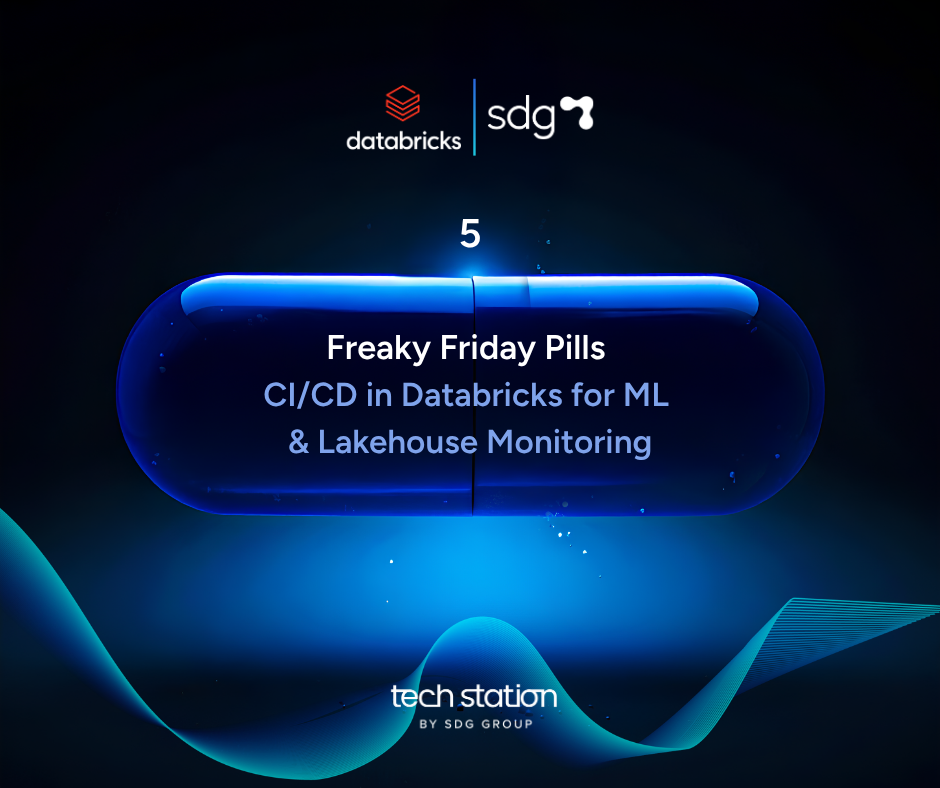Reporting on vaccination campaigns is essential for public health, and a well-executed multichannel strategy can make a significant difference. This is made evident in cases of successful awareness and promotion campaigns, one of which is highlighted in the following article. This particular campaign was aimed at the general population and employed a variety of communication methods to maximize reach and effectiveness.
Written by Xavi Ferré, Partner at SDG Group.
A Multi-Channel Campaign Approach
The campaign started with the launch of a website dedicated to disseminating knowledge about a specific disease and its associated risks when contracted. Information on the importance of vaccination as a preventative measure was also included, thanks to extensive scientific literature presented in an accessible and understandable way intended to reach a wide audience.
Other digital platforms outside of the website were also used in the campaign. Social media networks, for example, were included to help reach diverse and committed audiences. Digital advertising platforms, such as Google Ads, were also leveraged to help reach the population that was actively searching for information related to the disease. This proved a valuable opportunity to raise awareness of the vaccine as a preventative measure.
Beyond digital channels, gatherings and debates were also organized through traditional media platforms such as television, written press, and radio. In all of these scenarios, subject matter experts were brought together to provide crucial information about the disease and the vaccine. These methods enabled the spread of information to audiences that interact with traditional platforms more frequently, in addition to modern digital channels.
The Challenge of Measuring the Impact of a Public Health Campaign
Outside of the campaign and its content, one of the fundamental keys to this initiative’s success was the consistent measurement of its impact and the ability to optimize data in real time. From a technical standpoint, unifying data from various sources and formats was a highly complex challenge. Television and radio stations provide crucial information on campaign performance (audiences, share, campaign profiles, etc.). Google Ads, through Google Analytics, offers additional data on the entire digital footprint of the campaign. The key to this project was combining the disparate data in a coherent and meaningful way.
To achieve this, our technical team developed innovative solutions based on engineering and data management technologies that allowed for the accurate and automated collection of campaign and content information. This was particularly important for the data pulled from televised campaigns, as the very precise implementation of algorithms was necessary to ensure clarity and precision.
Based on this entire data catalog and its comprehensive and coherent management, we were able to define a data model suitable for consumption and analytical exploitation. As a result, business users were able to interact with analytical and visual models of the data.
All of these data management and analytics capabilities made it possible to evaluate the effectiveness of each of the channels, thus determining the efficiency or impact on the increase in web visits associated with each of the campaigns. In order to achieve this, the investment made in each implemented strategy was analyzed and compared to the benefits obtained in terms of increase in vaccination rate.
In short, this multi-channel campaign aimed at promoting a vaccine is a prime example of how health awareness can effectively reach the general population. Most importantly, it demonstrates how ROI can be measured thanks to innovative data and analytics tools and management. In the case of this vaccination campaign, our modern approach to data and analytics ultimately increased the vaccination rate and served to further protect population health.
Original article in Spanish published in PM Farma here.
.png?width=2000&name=SDG%20-%20Logo%20White%20(1).png)



.jpg)


-2.jpg)
%20(3).png)
.jpg)



%20(2).png)





%20(1).png)
